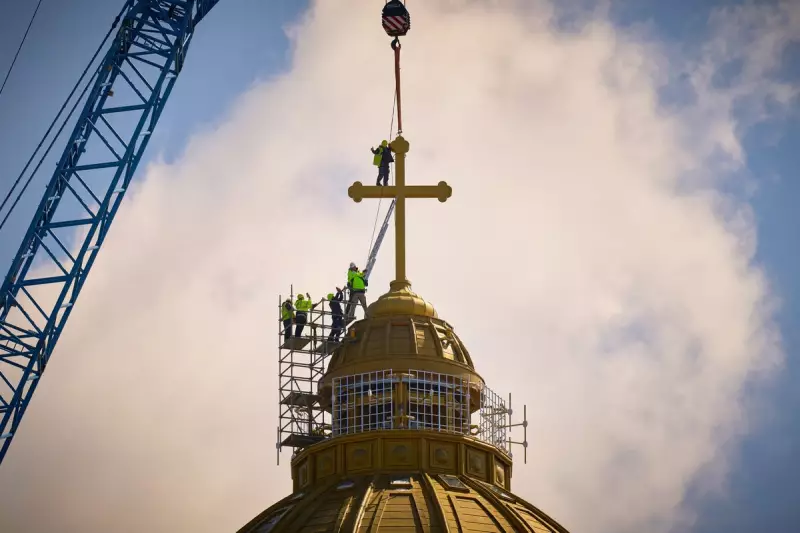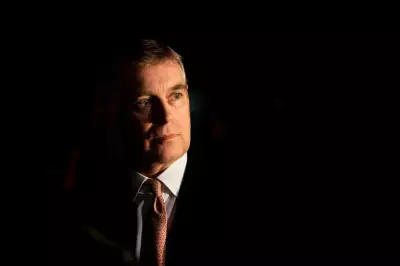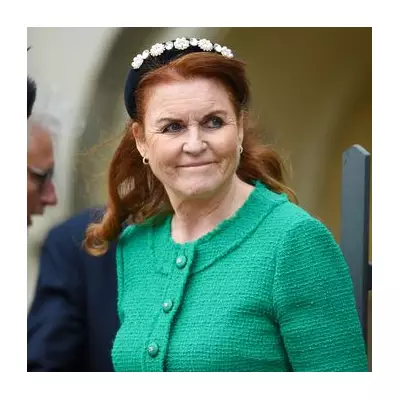
In a dramatic confrontation with its controversial past, Romania's powerful Orthodox Church is navigating turbulent waters as it nears completion of the colossal Cathedral of National Salvation in central Bucharest. The €1 billion project, largely funded by taxpayer money, has ignited fierce debate about the institution's historical complicity during the country's communist dictatorship.
A Monumental Undertaking Shadowed by History
The cathedral, intended to be one of Eastern Orthodoxy's largest religious buildings, stands as both a physical and symbolic landmark in Romania's capital. Rising 135 metres high with capacity for 7,000 worshippers, its scale rivals the Palace of the Parliament - another megalomaniacal project from the communist era built by former dictator Nicolae Ceaușescu.
Critics argue the timing couldn't be more poignant, as the Church faces renewed examination of its relationship with Ceaușescu's brutal regime. Historical records reveal that while thousands of believers suffered persecution, senior church officials maintained disturbingly cordial relations with the communist authorities.
Uncomfortable Truths Surface
Recent disclosures from the National Archives show Orthodox leaders regularly collaborated with the notorious Securitate secret police. One particularly damning document features Patriarch Teoctist Arăpașu, the Church's former leader, praising Ceaușescu as "a brilliant political leader, a devoted son of the Orthodox Church, and a brilliant defender of peace."
This historical context has fuelled public outrage over the cathedral's funding. Many Romanians question why their taxes should support an institution that failed to adequately resist communist oppression and in some cases actively collaborated with persecutors.
Defending the Divine Vision
Church authorities maintain that the cathedral represents national spiritual renewal rather than historical revisionism. "This is a house of prayer for all Romanians, a symbol of our faith and resilience through difficult times," stated current Patriarch Daniel.
The government continues to defend its substantial financial backing, arguing the project boosts national prestige and religious tourism. However, opposition politicians demand greater transparency about the total costs and funding sources.
A Nation Grappling with Complex Legacy
As construction enters its final phases, the cathedral has become a lightning rod for broader discussions about transitional justice and how institutions complicit with authoritarian regimes should reckon with their past. The debate reflects Romania's ongoing struggle to reconcile its communist history with its modern European identity as an EU member state.
With the cathedral expected to open within the year, all eyes remain on how the Orthodox Church will address these historical grievances while moving forward with its ambitious spiritual mission.





